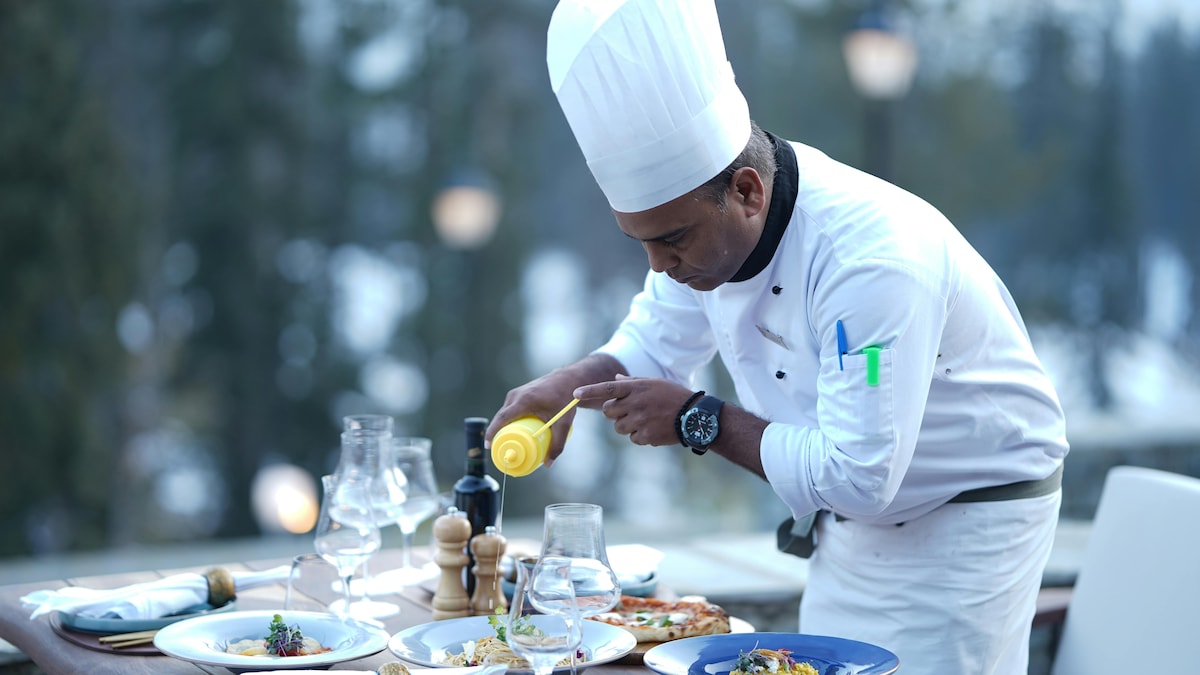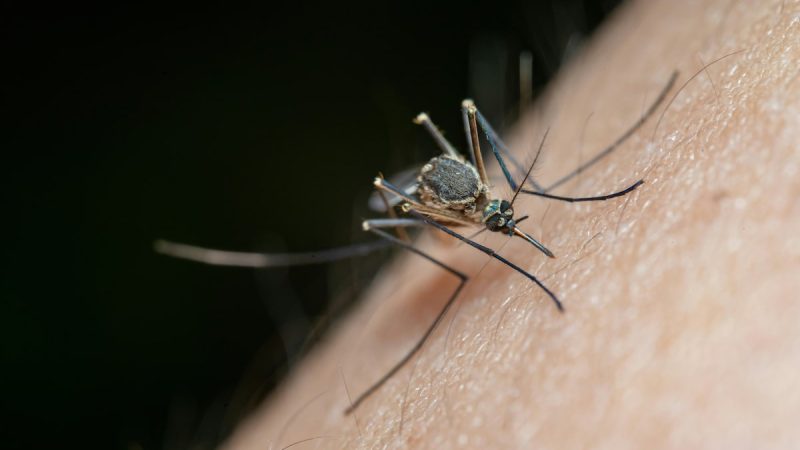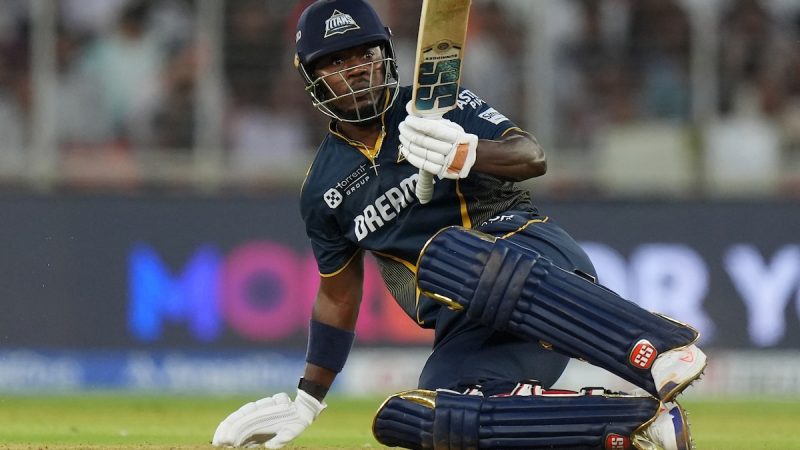Why Chefs Wear Long White Hats In The Kitchen

If a restaurant is a kingdom, the chef is the one with the crown. And you know what they say about the head that wears it. In a chef’s case, there is not much literal weight – after all, their hats are made of cloth, not metal. However, the hat does represent the weight of responsibility, and in more ways than one. Did you know that in many traditional kitchens, the height of the chef’s hat used to indicate their position in the hierarchy? Over the years, this hat has become one of the most powerful and recognisable symbols associated with the art and skill of cooking. Tracing the evolution of this key element of the chef uniform offers interesting insights into the realities and ambitions tied to this profession.
What Is A Chef’s Hat Called?

The brimless white hat worn by chefs is known as a toque. Photo Credit: Pexels
The iconic white hat worn by chefs is known as a toque or toque blanche (literally meaning “white hat”). However, note that a toque can refer to any hat with no brim (or a very narrow one), depending on the context. Although it is widely recognised for its culinary association, it may refer to other types of hats as well. While toque is a French word, it is believed to be derived from an Arabic term for a head covering or garment. The traditional chef’s hat is distinct in its appearance: long, white, pleated, and cylindrical. However, many variations have developed over time.
Also Read: Exciting Careers For Food Enthusiasts Who Do Not Want To Cook
History And Origins Of Toques: How Chefs Started Wearing Long White Hats
There are several theories about the origin of chef hats. Some trace them back to ancient Assyria or later Byzantine Greece. But the practice of wearing the toque blanche as we know it today is said to have originated in France in the 18th century. The legendary chef Marie-Antoine Careme is widely credited with the introduction of the chef’s toque as well as the classic white chef’s coat. Before his time, French chefs reportedly wore a stocking cap known as casque a meche. The colour of the cap was an indicator of their rank in the kitchen. Boucher, a reputed chef to French statesman Talleyrand, insisted they wear white ones for reasons related to kitchen hygiene.
Later, Careme used cardboard to give these hats more structure, thus creating a stiffer version that evolved into the modern toque blanche. Moreover, Careme aimed to raise the standing of chefs in society and highlight them as professionals. Therefore, it became crucial that they have standardised attire which reflected cleanliness and order. It is said that Careme used to wear an 18-inch-tall toque, a towering signal of his culinary expertise.
Also Read: How The Humble Popcorn Became The World’s Go-To Movie Snack
Symbolism And Structure Of The Toque

The most senior executive chef would typically wear the tallest hat. Photo Credit: Pexels
Careme’s example is just one of many showing how the height of a chef’s hat symbolised their status in the kitchen. The most senior executive chef would typically wear the tallest toque, while those of lower rank would wear shorter versions. However, this custom is not always observed in today’s kitchen settings.
In addition to height, the number of pleats in a chef’s toque was also believed to carry meaning. A popular legend claims that a hat with 100 pleats indicates a chef who knows 100 different ways to cook an egg. Thus, the pleats came to symbolise culinary expertise and mastery in the kitchen.
Practical Functions Of Chef’s Hats
Regardless of symbolism, chef hats continue to serve several practical functions:
- They keep hair away from food, maintaining food safety standards.
- They absorb sweat and support overall kitchen hygiene.
- Their structured design helps promote air circulation to the head, which can be helpful in hot kitchen environments.
- They contribute to a professional and disciplined appearance as part of the standard chef uniform.
Different Types Of Chef’s Hats

Chefs today wear a variety of hats and head coverings. Photo Credit: Pexels
Beyond the traditional toque blanche, chefs today wear a variety of hats and head coverings depending on the setting and their personal preferences. Here are some of the common options seen in professional kitchens:
- Chef Beanie: A snug-fitting cap popular in busy modern kitchens.
- Beret or Flat Cap: A soft, flat-topped hat with a more casual appearance.
- Pillbox Hat: A short cap, similar to a skull cap, more compact than the traditional toque.
- Baseball Caps: Often used in outdoor kitchens or by those who prefer a more relaxed style.
- Bandanas and Head Wraps: Cloths tied around the head, offering comfort and flexibility.
Many chefs today opt for other types of head coverings for various practical or personal reasons. Nevertheless, the tall, structured toque blanche continues to be a strong visual marker of culinary traditions.






